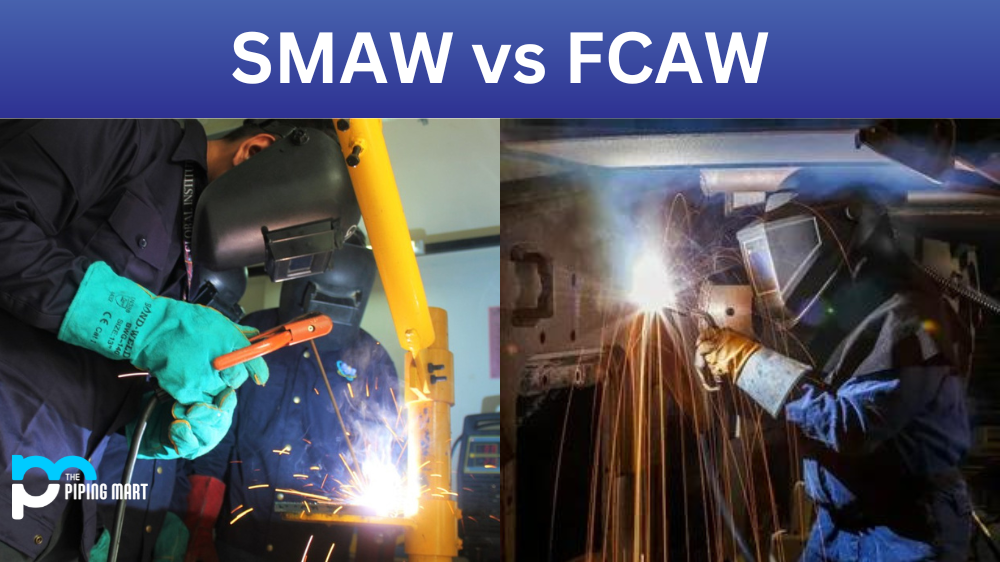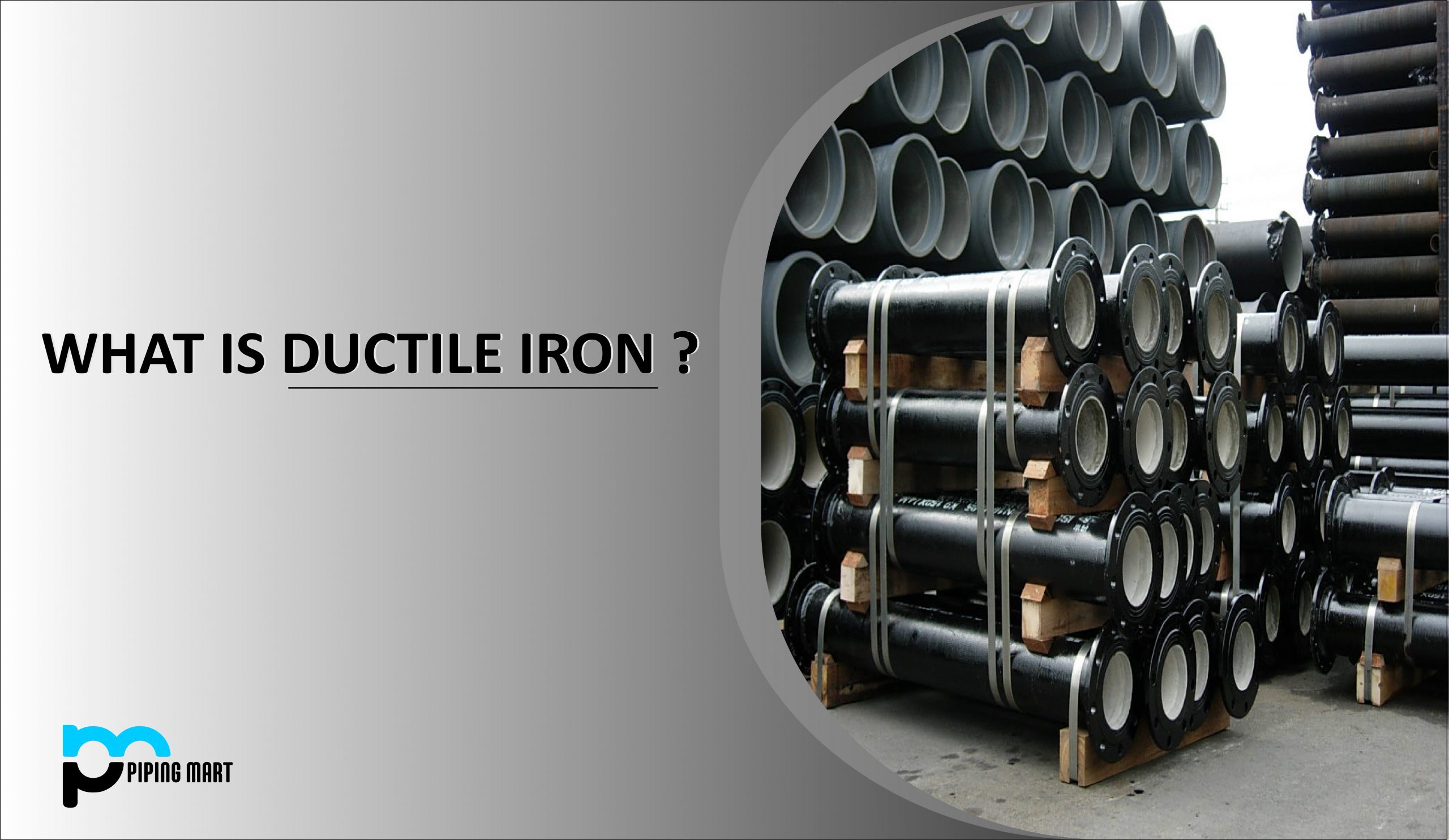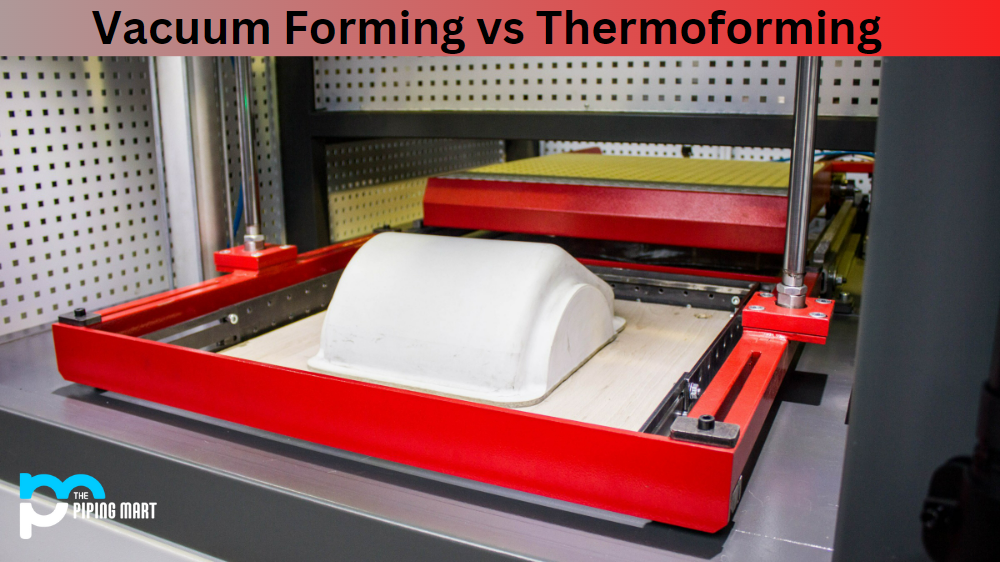When it comes to welding, there are a few different options for welders in terms of the type of welding process they use. Two of the most common welding processes are Shielded Metal Arc Welding (SMAW) and Flux-Cored Arc Welding (FCAW). The two processes have some similarities, but there are also many differences. In this blog post, we’ll explore the differences between these two welding processes so you can decide which is right for your project.
Difference Between SMAW and FCAW
The main difference between SMAW and FCAW is that SMAW uses a solid electrode rod while FCAW uses a tubular electrode filled with flux. Both methods use an electric arc to create heat that melts metal and joins it together. However, because FCAW uses a flux-filled tubular electrode, it requires less skill than SMAW since the flux helps shield the weld puddle from contamination by the atmosphere.
Another difference between SMAW and FCAW is that SMAW has more electrodes available to choose from than FCAWs do. This means that SMAWs can be used in a wider variety of applications, including all positions and on thicker metals than what would be possible with FCAWs. Additionally, SMAWs generally require more skill since they don’t have the shielding effect that FCAWs do.
Finally, while both methods require expensive equipment such as an arc welder, power source and cables; SMAWs often require additional tools like chipping hammers or wire brushes to clean up slag after finishing a weld, whereas FCAWs usually don’t require additional tools due to their self-shielding feature which eliminates the need for slag removal after completion.
The two most common types of welding are shielded metal arc welding (SMAW) and flux-cored arc welding (FCAW). Both welding processes have advantages and disadvantages, which should be considered when deciding which type to use.
Advantages of SMAW
One of the main advantages of SMAW is that it is a very versatile welding process that can be used on various materials, including steel, stainless steel, and cast iron. Additionally, SMAW is relatively easy to learn and can be performed using basic equipment.
Disadvantages of SMAW
One of the main disadvantages of SMAW is that it is a slow welding process, making it less efficient than other welding processes. Additionally, SMAW can be more difficult to perform on thicker materials due to the need to build up multiple layers of weld material.
Advantages of FCAW
One of the main advantages of FCAW is that it is a fast welding process that can be used to weld thick materials quickly and efficiently. Additionally, FCAW does not require a shielding gas, making it more convenient than other welding processes.
Disadvantages of FCAW
One of the main disadvantages of FCAW is that it can produce more fumes and smoke than other welding processes due to the use of flux-cored wire. Additionally, FCAW can be more difficult to control than other welding processes, making it more likely to produce defects in the welds.
Conclusion:
Both Shielded Metal Arc Welding (SMAW) and Flux-Cored Arc Welding (FCAW) offer advantages when welding metal components together. While both methods provide excellent welds when done correctly, each method has unique features that make it better suited for certain projects over others. By understanding the differences between these two welding processes, you can decide which one is right for your project needs. Ultimately, understanding both techniques will allow you to get the best results when tackling any type of welding job!

A passionate metal industry expert and blogger. With over 5 years of experience in the field, Palak brings a wealth of knowledge and insight to her writing. Whether discussing the latest trends in the metal industry or sharing tips, she is dedicated to helping others succeed in the metal industry.




